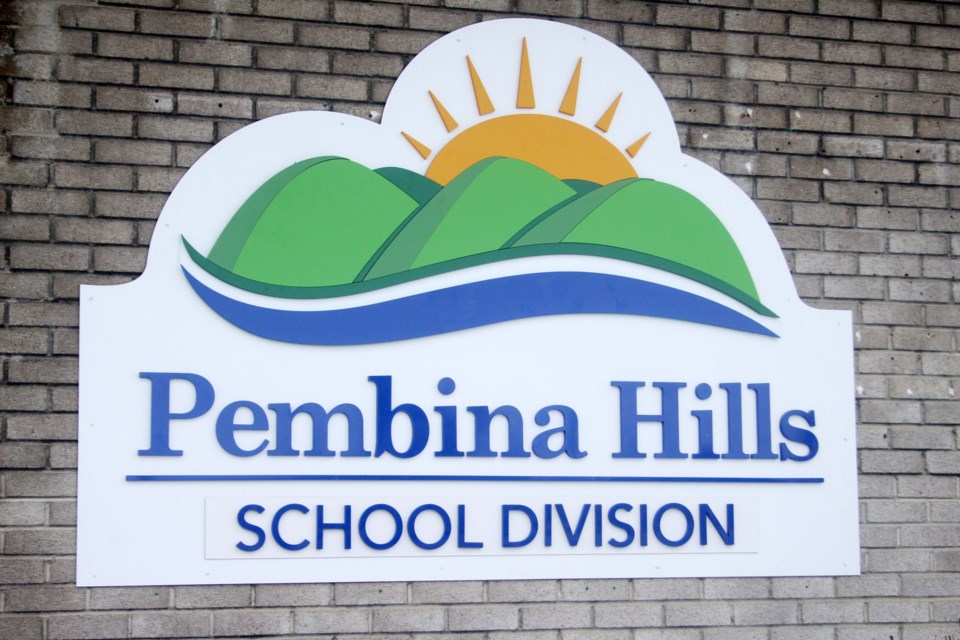Even the COVID-19 pandemic couldn’t stop the Kindergarten class at Fort Assiniboine School from participating in a science experiment involving tomato seeds exposed to the harsh conditions of space.
In an e-mail, Kindergarten teacher Colleen Kiselyk said her class recently participated in a program called “Tomatosphere”, which is offered by a national organization called Let’s Talk Science.
According to a website on Tomatosphere, more than three million Canadian students have participated in this program since its inception in 2001.
Each spring, more than 15,000 K-12 classroomis across Canada receive two packages of tomato seeds. One package contains untreated “control” seeds, while the other contains seeds that were either sent into space or treated in space-simulated conditions.
The website states the purpose of this program is to educate students on space exploration and how such missions need to be supplied with the basic necessities of life support — food, water, oxygen and a way to consume CO2 exhaled by astronauts.
The experiment can also be connected to studies on plants, nutrition, math or the environment, depending on the grades involved and the curriculum.
Kiselyk said they received their two packages of tomato seeds in mid-February, along with instructions to plant equal amounts of seeds from each package and then to record their growth each day.
“We were set to begin this project when COVID shut down the schools, so I took everything home and planted the seeds (in my garden in late May) with the kids watching online,” she said, noting that she planted eight seeds from each package.
Kiselyk said they predicted which seeds would sprout first, although they were unsure which package had been in space.
“We continued to monitor the growth of our seeds online and cheered them on,” she added.
After the tomato plants had germinated and grown, Kiselyk said they submitted the results and learned that the plants that had germinated first (and which had a 100 per cent germination rate) were the seeds exposed to space.
Finally, on Oct. 29, the Kindergarten class celebrated their successful experiment by eating the tomatoes. Kiselk noted about six of the regular tomatoes germinated, while the 'space' seeds yielded about 100 Roma tomatoes.
For more on the Tomatosphere program and how to participate, visit tomatosphere.letstalkscience.ca/



